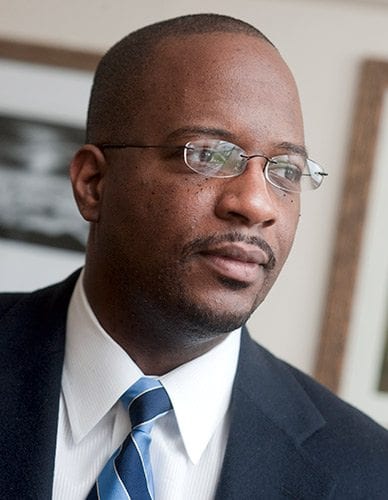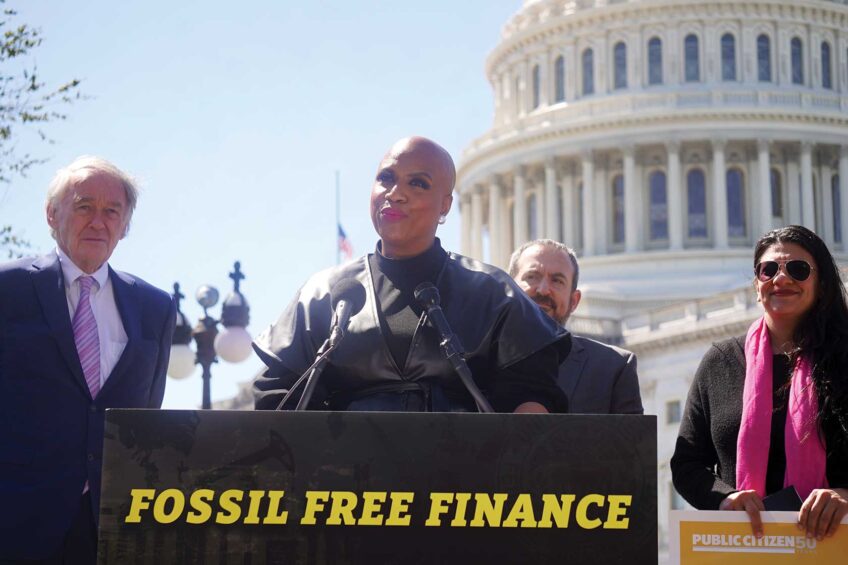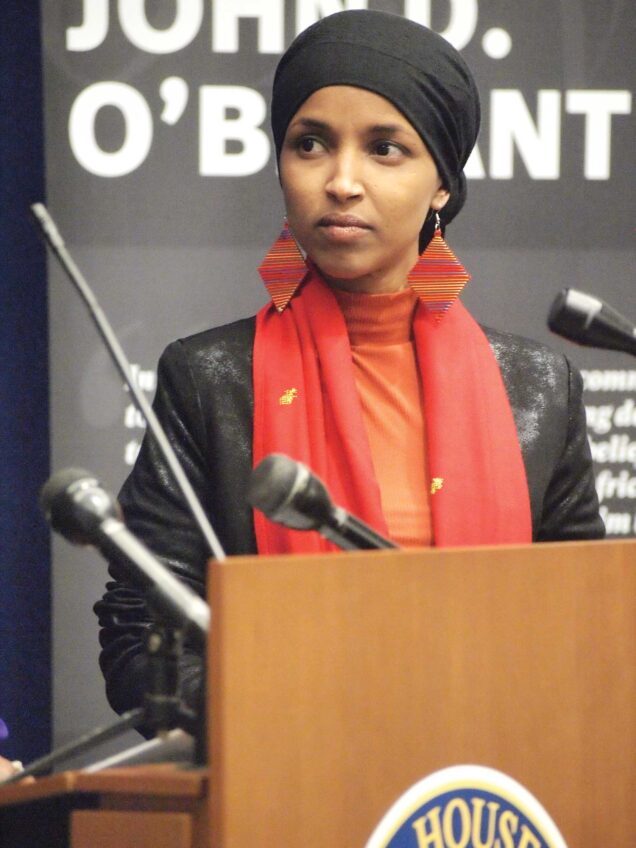Mellon Mays Undergraduate Fellowship preps minorities for careers in academia


Armando Bengochea
As he was finishing his doctorate at Brown University, Gene Andrew Jarrett received job offers from Boston University and the University of Maryland, College Park. In 2002, Jarrett chose Maryland to start his teaching career.
Five years later, just after Jarrett won tenure there, the school that he previously spurned reached out again. This time, the offer of a tenured professorship lured him to BU, where he has been chairman of the English Department since 2011.
Jarrett was the target of intense academic competition in part because faculty all-stars groomed him as an undergraduate at Princeton University — philosopher Cornell West, biographer Arnold Rampersad and Nobel Prize-winning author Toni Morrison.
But Jarrett was also a top prospect because, while at Princeton, he received a Mellon Mays Undergraduate Fellowship designed to increase the number of college professors from underrepresented groups.
“In addition to those individuals I was interacting with, the Mellon program had a great impact on providing the resources I needed to prepare,” Jarrett said.
Diversifying the nation’s faculty remains a slow work in progress, but the Mellon program has made a significant contribution toward that goal.
In the 25 years since the Mellon Foundation launched the program, almost 4,200 students have received the fellowship, and about a third have earned doctorates or are working toward them.
Those figures mean that in addition to 509 doctorates minted, another 670 are in the process of acquiring the teaching degrees. Most, but not all, are of color.
Besides Jarrett, former Mellon Mays Fellows teaching in Boston include Zine Magubane, a sociology professor at Boston College; Marisol Negrón, a professor of American Studies and Latino Studies at UMass Boston; and Catherine Espaillat, an astronomy professor at BU.
“The goal of this program is to help bring more diversity and diverse perspectives to the American professoriat,” said Armando Bengochea, who directs the program for the Mellon Foundation in New York. “That’s what we’re interested in — changing the face of the academy.”
The challenge of rounding out a predominately white male faculty surfaced in the late 1960s, when black students demanded that colleges offer black studies courses and hire professors to teach them. By the 1980s, some administrators had adopted faculty diversity as a goal, but indifference or resistance in academic departments and a shortage of doctorates of color stymied progress.
For example, a decade of affirmative action efforts had not increased the number of black professors at either Harvard University or MIT, the Boston Globe found in 1983.
In 1988, William Bowen, a former president of Princeton who was then president of the Mellon Foundation, decided to take on the pipeline problem. The first fellows started in 1989. They were drawn from 19 elite schools and the historically black schools in the United Negro College Fund.
The number of participating schools has grown to 42, including Harvard, Wellesley College, Williams College and Smith College in Massachusetts. Together, the 42 schools and the UNCF select more than 200 fellows each year.
The fellowship pays for a small stipend during students’ junior and senior years, travel to academic conferences, two summer research projects and regular social gatherings to get to know faculty members and their roles better.
The Mellon Foundation started with undergraduates, Bengochea explained, because “you needed to begin to socialize students at the undergraduate level to even imagine what a career in the professoriat would look like.”
Besides undergraduate support, successful applicants can receive assistance as graduate students and junior faculty members. Those who enter a doctoral program have part of their undergraduate debt repaid. Bengochea estimates the program provides $10,000 to $17,000 in direct funding to each fellow over the years.
Jarrett, for instance, received Mellon funding to enable him to take a year off to finish writing his first book. That publication was a key to his winning tenure at Maryland.
“This is a program that is unlike any other program because we support students comprehensively from the undergraduate years all the way through graduate school and then, to a certain extent, into their early career prospects,” Bengochea said.
Foundations don’t always fund programs over the long haul, as Mellon has with the fellowships. But it takes years for an aspiring professor to complete a doctorate.
The Mellon Foundation has had the patience to wait for its investment to pay off and has started seeing the returns. Around the country, former fellows include department chairmen like Jarrett and other tenured professors whose teaching and research are shaping what the next generations learn.
There are more professors to come, because 600 to 700 fellows are enrolled in doctoral programs in any given year.
“In a few years’ time, we’re really are expecting kind of an explosion of these students onto the academic job market,” Bengochea said.






